Browse "Things"
-
Article
Postal System
The postal system is a network of postal facilities serving people in all parts of Canada, of transportation services linking post offices and thousands of people dedicated to transmitting mail. It is a service used for personal, social and commercial purposes. Co-operation between postal systems transcends political differences and makes it possible to exchange mail almost anywhere in the world.
"https://d2ttikhf7xbzbs.cloudfront.net/media/media/be0981b6-9698-4422-9d5f-d24903041ba2.jpg" // resources/views/front/categories/view.blade.php
https://d2ttikhf7xbzbs.cloudfront.net/media/media/be0981b6-9698-4422-9d5f-d24903041ba2.jpg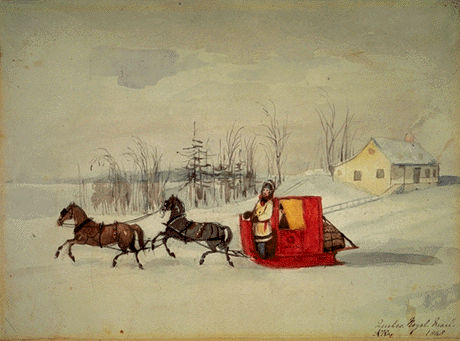
-
Article
Potash
Potash is an alkaline potassium compound most commonly used in fertilizers. It refers to a variety of salts produced through mining of minerals and chemical manufacturing. Canada is the world's largest potash producer and exporter (see Exports from Canada). The country’s potash industry is located in Saskatchewan.
"https://d2ttikhf7xbzbs.cloudfront.net/media/media/cd668309-705d-44b0-a404-7a6c5242db9b.jpg" // resources/views/front/categories/view.blade.php
https://d2ttikhf7xbzbs.cloudfront.net/media/media/cd668309-705d-44b0-a404-7a6c5242db9b.jpg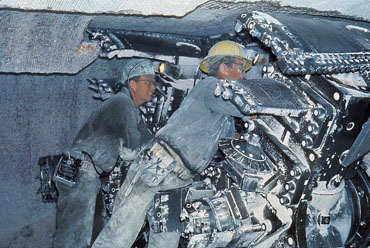
-
Article
Potato
The potato (Solanum tuberosum) is a herbaceous annual of the nightshade family, which produces tubers at the end of underground branches called stolons.
"https://d2ttikhf7xbzbs.cloudfront.net/media/media/7b83d57e-9794-41ff-99cc-34ba45f21bba.jpg" // resources/views/front/categories/view.blade.php
https://d2ttikhf7xbzbs.cloudfront.net/media/media/7b83d57e-9794-41ff-99cc-34ba45f21bba.jpg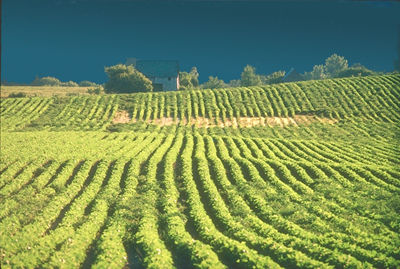
-
Article
Potato Wart Disease
Potato wart disease, also called potato canker, is a fungal disease of potato sprouts, eyes and stolons. The disease is caused by the soil-borne fungus, Synchytrium endobioticum. Potato wart disease poses no danger to human health or food safety, but it can impact local economies as the disease can reduce yield and effect economic regulations, such as potato exports. (See also Agricultural Economics.)
"https://development.thecanadianencyclopedia.ca/images/tce_placeholder.jpg?v=e9dca980c9bdb3aa11e832e7ea94f5d9" // resources/views/front/categories/view.blade.php
https://development.thecanadianencyclopedia.ca/images/tce_placeholder.jpg?v=e9dca980c9bdb3aa11e832e7ea94f5d9
-
Article
Potlatch
The Potlatch (from the Chinook word Patshatl) is a ceremony integral to the governing structure, culture and spiritual traditions of various First Nations living on the Northwest Coast (including the Kwakwaka’wakw, Nuu-chah-nulth and Coast Salish) and the Dene living in parts of the interior western subarctic. While the practice and formality of the ceremony differed among First Nations, it was commonly held on the occasion of important social events, such as marriages, births and funerals. A great Potlatch might last for several days and would involve feasting, spirit dances, singing and theatrical demonstrations.
"https://d2ttikhf7xbzbs.cloudfront.net/media/media/2c58511b-8b7a-4b34-963b-edfb3bab4f0d.jpg" // resources/views/front/categories/view.blade.php
https://d2ttikhf7xbzbs.cloudfront.net/media/media/2c58511b-8b7a-4b34-963b-edfb3bab4f0d.jpg
-
Article
Potlatch Ban
From 1885 to 1951, the Indigenous ceremony known as the Potlatch was banned by the federal government of Canada. The government justified their decision to ban the Potlatch because they believed it was preventing the assimilation of Indigenous Peoples. Today, this ban is recognized as an aspect of cultural genocide (see Genocide and Indigenous Peoples in Canada). Though the Potlatch was illegal during this period of time, the ban was only ever sporadically enforced. This was in part a result of the vagueness of the wording of the law. The law was rewritten and prosecutions increased. In 1922, Indian agents, aided by police, arrested individuals who had participated in a Potlatch held in the community of ʼMimkwa̱mlis. They arrested 45 people. Ultimately, this resulted in imprisonment and the confiscation of hundreds of precious ceremonial objects.
"https://d2ttikhf7xbzbs.cloudfront.net/media/media/f2fed9a9-c6dc-429a-80cd-98e6c7825449.jpg" // resources/views/front/categories/view.blade.php
https://d2ttikhf7xbzbs.cloudfront.net/media/media/f2fed9a9-c6dc-429a-80cd-98e6c7825449.jpg
-
Article
Pouding Chômeur
The Québécois dessert called pouding chômeur — poor man’s pudding, or more literally, pudding of the unemployed — is delectably rich and incredibly simple.
"https://d2ttikhf7xbzbs.cloudfront.net/media/media/9861ff9c-cc39-4d9e-97b1-81b0938aff90.jpg" // resources/views/front/categories/view.blade.php
https://d2ttikhf7xbzbs.cloudfront.net/media/media/9861ff9c-cc39-4d9e-97b1-81b0938aff90.jpg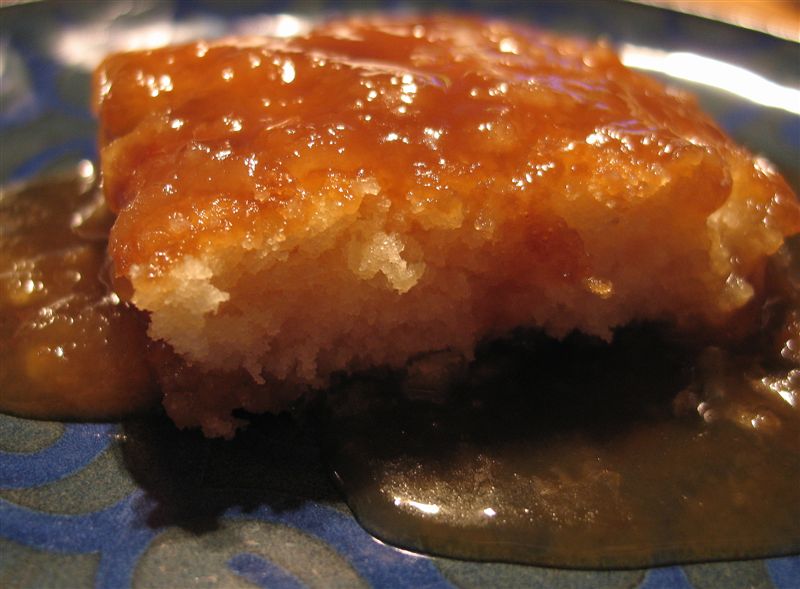
-
Article
Poverty
About nine per cent of Canadians live in poverty, although the percentage is generally higher among certain groups such as single mothers and Aboriginal people. Low-income Canadians include the "working poor" — those with jobs — and the "welfare poor" — those relying mainly on government assistance.
"https://d2ttikhf7xbzbs.cloudfront.net/media/media/bc62a9cc-7256-4500-818b-6f2cd7bab8e2.jpg" // resources/views/front/categories/view.blade.php
https://d2ttikhf7xbzbs.cloudfront.net/media/media/bc62a9cc-7256-4500-818b-6f2cd7bab8e2.jpg
-
Article
POW Camp 30
POW Camp 30 is an abandoned former school that served as a prisoner of war camp for German officers during the Second World War. The camp was located in Clarington, Ontario, just outside of Bowmanville.
"https://d2ttikhf7xbzbs.cloudfront.net/Camp30/Camp30-SWW-1.jpg" // resources/views/front/categories/view.blade.php
https://d2ttikhf7xbzbs.cloudfront.net/Camp30/Camp30-SWW-1.jpg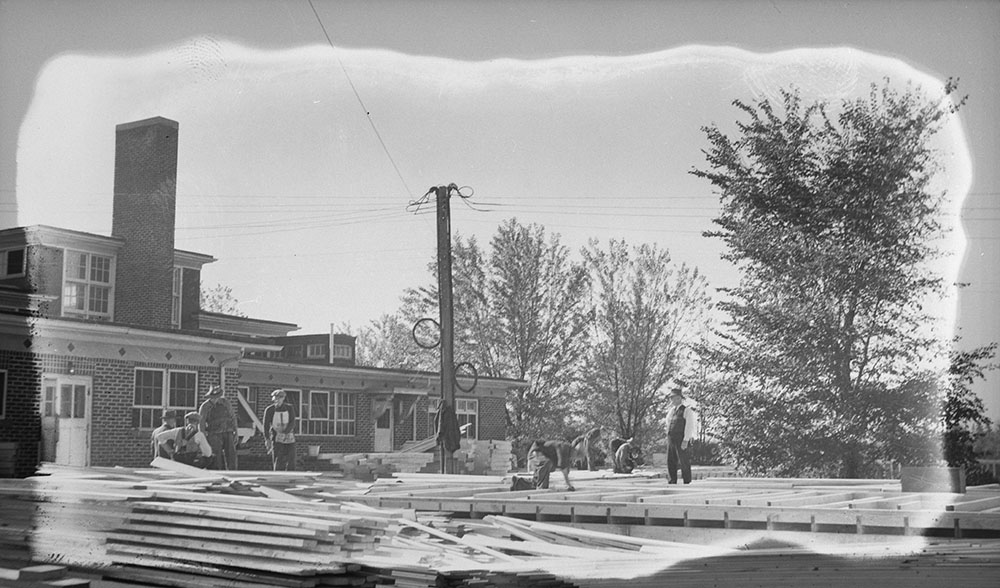
-
Article
Power Corporation of Canada
Power Corporation of Canada, controlled by Paul Desmarais Jr. and André Desmarais (sons of the late PAUL DESMARAIS), was incorporated in 1925. It is a large and diversified company engaged in communications and financial services, as well as other business interests.
"https://development.thecanadianencyclopedia.ca/images/tce_placeholder.jpg?v=e9dca980c9bdb3aa11e832e7ea94f5d9" // resources/views/front/categories/view.blade.php
https://development.thecanadianencyclopedia.ca/images/tce_placeholder.jpg?v=e9dca980c9bdb3aa11e832e7ea94f5d9
-
Macleans
Power Deal
Tobin's chipper words aside, there remain daunting hurdles to overcome if the premier's power play is to become a reality by 2007, the target completion date.This article was originally published in Maclean's Magazine on March 23, 1998
"https://d2ttikhf7xbzbs.cloudfront.net/media/media/697bba1d-7d03-4ef3-aa0b-5ac5d05a02bc.jpg" // resources/views/front/categories/view.blade.php
https://d2ttikhf7xbzbs.cloudfront.net/media/media/697bba1d-7d03-4ef3-aa0b-5ac5d05a02bc.jpg
-
Article
Powley Case
R. v. Powley was a legal case concerning Métis hunting rights in Canada. In 1993, the province of Ontario charged Steve and Roddy Powley with illegal hunting. The Powleys disputed their conviction, arguing that the Aboriginal rights enshrined in section 35 of the Constitution Act, 1982 protected their hunting rights as Métis people. The case concluded in 2003, when the Supreme Court of Canada ruled that the Powleys were, in fact, exercising lawful Métis hunting rights. The Powley case established criteria on who can legally qualify for Métis rights. It outlined 10 specific criteria, known as the Powley Test, which applies to Métis communities across Canada. The case also clarified that the Métis are a distinct people, separate from First Nations and Inuit peoples in Canada. Some legal experts believe the Powley case might lead to expanded Métis rights, including harvesting and fishing rights and possibly self-government.
"https://d2ttikhf7xbzbs.cloudfront.net/media/media/4de10db1-6b8b-45ef-a60a-55998c7afca0.jpg" // resources/views/front/categories/view.blade.php
https://d2ttikhf7xbzbs.cloudfront.net/media/media/4de10db1-6b8b-45ef-a60a-55998c7afca0.jpg
-
Article
Powwow
Powwows are celebrations that showcase Indigenous music, dances, dance apparel, food and crafts. Commonly hosted by First Nations communities (either on reserve or in urban settings), Métis and Inuit also participate in contemporary powwows, and smaller powwows are hosted by educational institutions.
"https://d2ttikhf7xbzbs.cloudfront.net/media/media/7dd1510d-fee6-4949-b5a8-37d6a1389195.jpg" // resources/views/front/categories/view.blade.php
https://d2ttikhf7xbzbs.cloudfront.net/media/media/7dd1510d-fee6-4949-b5a8-37d6a1389195.jpg
-
Article
Powwow Dances
Powwow dances are beautiful expressions of Indigenous spirituality, history and culture.
"https://d2ttikhf7xbzbs.cloudfront.net/media/media/2be60d63-a3cd-43f0-be85-0af738187639.jpg" // resources/views/front/categories/view.blade.php
https://d2ttikhf7xbzbs.cloudfront.net/media/media/2be60d63-a3cd-43f0-be85-0af738187639.jpg
-
Article
Powwow Music
Music is a central feature at powwows, as all powwow activities revolve around the beat of the drum and the sounds of the singers’ voices.
"https://d2ttikhf7xbzbs.cloudfront.net/media/media/da9de904-834e-4aca-b3c6-8333c48235a7.jpg" // resources/views/front/categories/view.blade.php
https://d2ttikhf7xbzbs.cloudfront.net/media/media/da9de904-834e-4aca-b3c6-8333c48235a7.jpg
